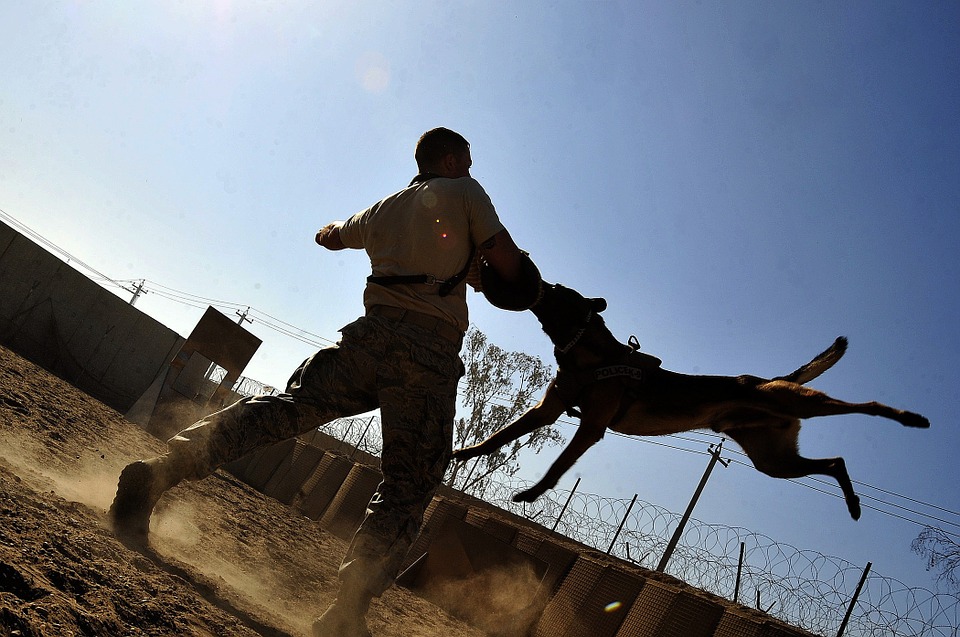Dog bites are common throughout the world. Roughly 4.7 million Americans are victims of dog-bite each year. Worldwide 15 million people receive post-exposure vaccination each year, preventing hundreds of thousands of deaths each year.
More than 90% of the dog-bite victims reside in the African and Asian regions. Most of these victims are poor and reisiding in the rural areas where post-exposure prophylaxis is not available.
Why to worry after a dog-bite?
Apart from anxiety, local injury and tetanus developing after an animal bite, transmission of rabies virus is the most to fear. Rabies virus resides in the saliva and nerves of rabid animals, which is transmitted in more than 95% of the cases after a bite.
Which animals have been known to transmit Rabies?
Any mammal may become infected and transmit the virus including humans. Virtually all the patients get rabies after a dog-bite. However, infected monkeys, raccoons, foxes, skunks, cattle, wolves, bats, and cats are also known to transmit rabies to humans.
Rabies may also spread through exposure to infected domestic farm animals, groundhogs, weasels, bears, and other wild carnivores.
Small rodents such as squirrels, hamsters, guinea pigs, gerbils, chipmunks, rats, and mice and lagomorphs like rabbits and hares are not known to transmit rabies to humans.
What subtle symptoms you should not ignore after a dog-bite?
Not all patients develop rabies after a dog-bite. However, since initial symptoms may be subtle, the disease may be missed. Following symptoms, if develop after a dog-bite should be taken serious.
- Tingling and numbness of the body part
- Pricking and burning sensation
- Sleep disturbances or abnormal sleep pattern
- Anxiety and nervousness
- Agitation and aggressive behaviiour
- Hyperactivity or hypoactivity
- Excessive salivation
- Hydrophobia (fear of water)or Aerophobia (fear of air)
- Muscle weakness or paralysis
- Loss of consciousness
If the patient develops neurological features, patients rarely survive.
How to prevent yourself from a dog-bite?
One should stay away from stray dogs and dogs with bad temperament. One should never interrupt a dog that is feeding her puppies. Furthermore, puppies should never be irritated in front of the mother.
If the dog becomes aggressive, do not scream or run. Stay calm and move slowly away without making eye contact with the dog.
How do you identify a rabid dog?
All unfamiliar dogs and bites which are unprovoked should be taken serious and considered rabid. Dogs with changing temperament and behaviour should be suspected as having rabies.
Rabid dogs also develop excessive salivation and aversion to normal foods. After a bite, the dog should not be killed. It should be confined, isolated and observed for at least 10 days. Rabid dogs, apart from altered behaviour may die during these days.
Which bites need immunoglobulins and post-exposure prophylaxis?
The World health organization divides dog-bites in to three categories:
- Category I – touching or feeding animals, licks on intact skin
- Category II – nibbling of uncovered skin, minor scratches or abrasions without bleeding
- Category III – single or multiple transdermal bites or scratches, licks on broken skin; contamination of mucous membrane with saliva from licks, contacts with bats.
Category 1 patients need not worry about anything. Category II patients should clean the wound with soap and water and start with post-exposure prophylaxis. While category III patients should clean the wound, get rabies immunoglobulins and start with the post-exposure prophylaxis.

